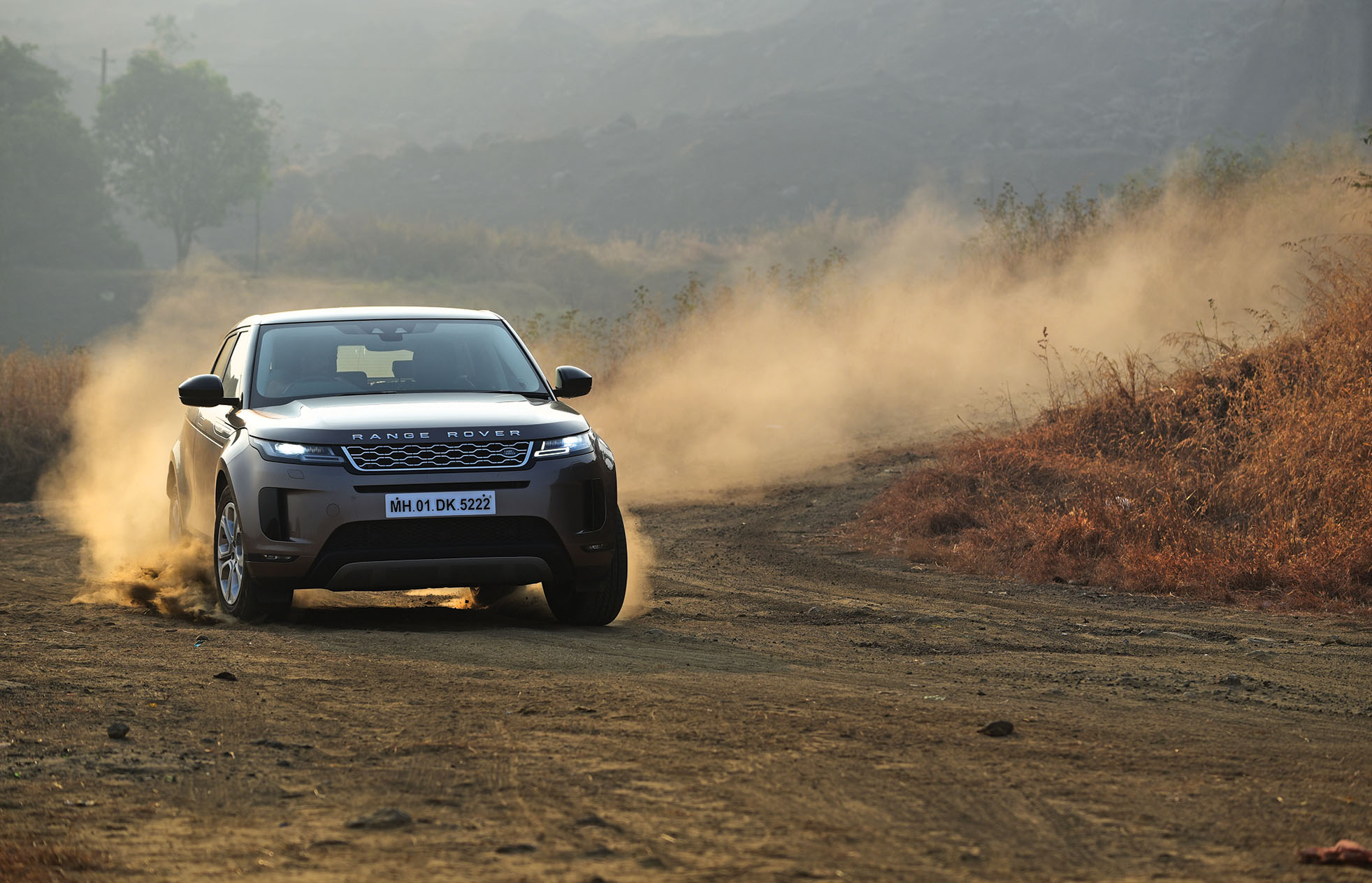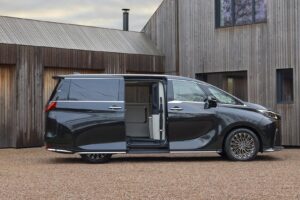When the first-generation Range Rover Evoque came out, it was an absolute sensation — people would stop cars in the middle of the road to try and get a glimpse of the stunner from Coventry. For the second generation, though, the changes are more evolutionary rather than revolutionary, so it didn’t draw quite the reaction I was hoping for. No, traffic didn’t part to let me by nor did anyone stop just to take a look at the car.
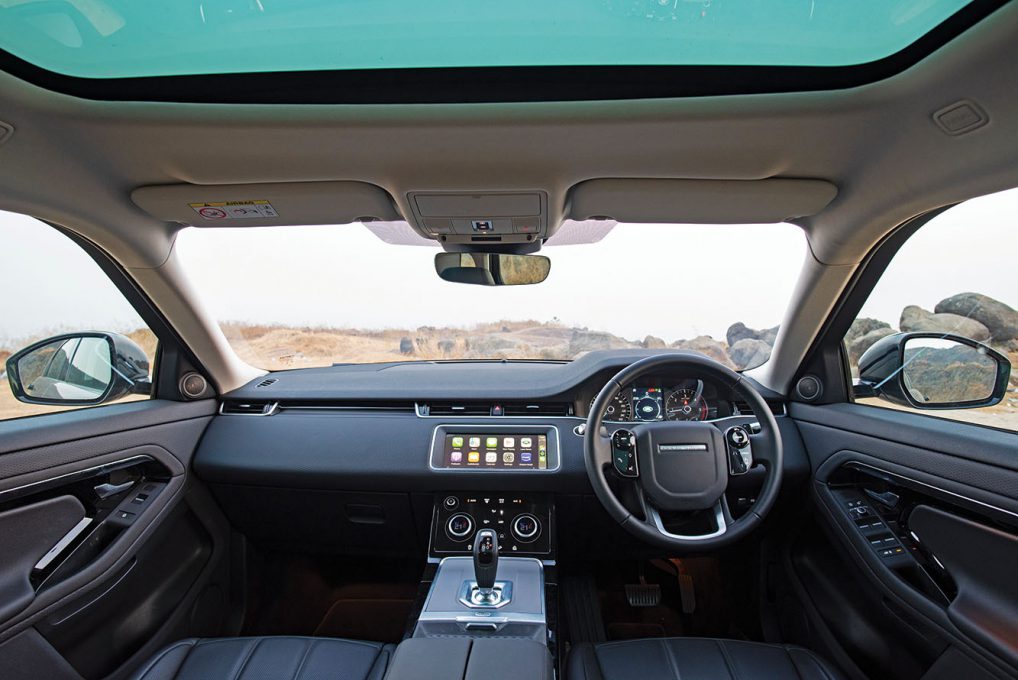
It might not look very different compared to the outgoing car or its bigger brother, the Velar, for that matter, but rest assured it’s all new. In fact, Land Rover claims that only the door hinges of the original car are reused in the new car. It looks more like the original LRX concept than the original Evoque did, too. For starters, the door handles are now gone. I mean, they’re still there — you do need to pull on something to get the doors open, but they retract after you’re done with them, just like in the Velar.
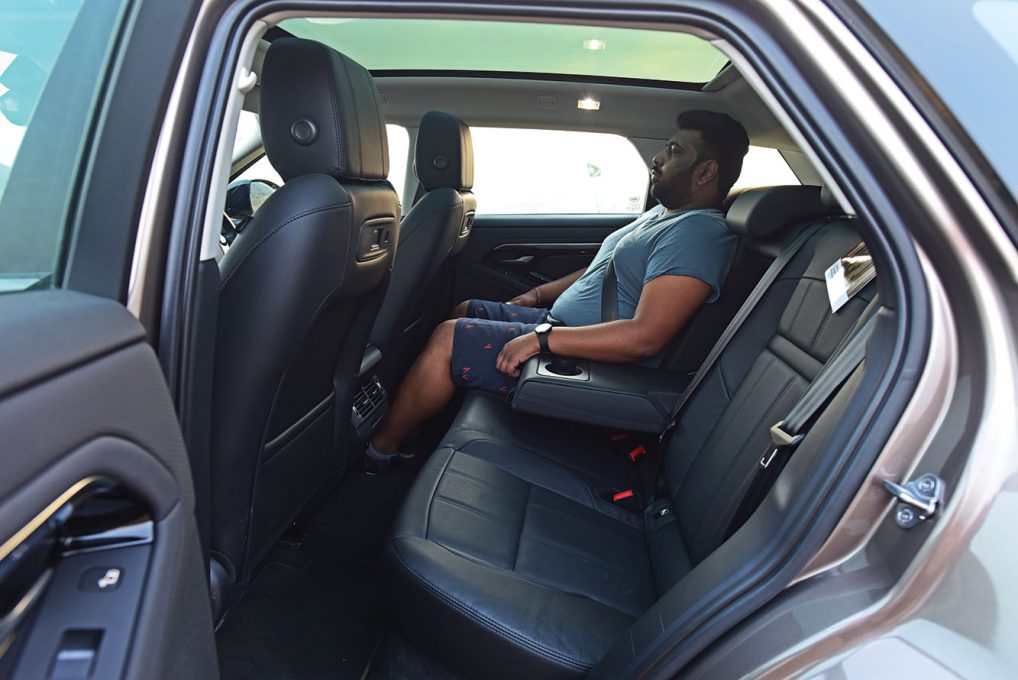
From what I could gather, there is no way to make those handles pop out without actually pressing the unlock button on the remote, and there doesn’t seem to be a request sensor on the handles themselves. It also loses its wheel arch cladding giving it a sleeker overall appearance. LED matrix headlights and infinity-style tail-lights round out the noticeable differences. The car is also larger overall; it’s 11 mm longer, 6 mm wider and 14 mm taller than the outgoing model. Wheelbase is now longer by 21 mm, too. The new Evoque rides on Land Rover’s Premium Transverse Architecture platform which makes the car more rigid. So despite the added dimensions, the Evoque manages to retain its sporty, agile character.
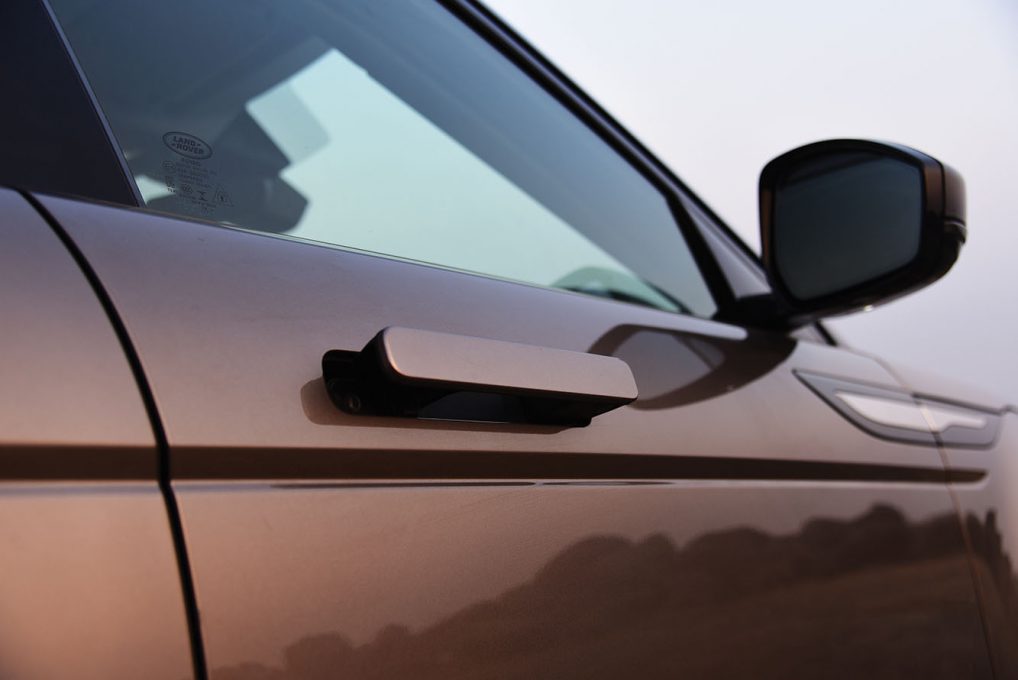
Enlarged dimensions translate into a roomier passenger compartment as well. Unlike the first-generation Evoque which felt slightly claustrophobic, the new one is both physically larger and also makes use of a full-length panoramic glass roof to make the cabin feel light and airy. The rear seats get some thoughtful touches like USB charging ports for all three rear-seat passengers and more headroom than its sloping roof would suggest. The rotary shift knob makes way for a more traditional gear stick, though it still returns to its original position after you select the gear you need.

The ‘S’ variant I drove had simple analogue gauges with a screen in the middle, but the R-Dynamic version gets a full-colour TFT display. Of course, every surface you touch is finished in full-grain leather and it feels very supple to the touch. One feature I really wish the Evoque had in the options list is cooled seats. Cars like the Kia Seltos offer them and they are an absolute boon in the summer, especially with the sun beating down on those leather seats through the glass roof.
Driving the Evoque is a little daunting at first; you can’t tell where the corners of the car are and though you can make use of the camera system to see what’s behind you, you’re on your own for figuring out how much space you have in front. Once on the move though, the car shrinks around you and any thoughts you had that this would be unwieldy melt away. At slower speeds, you can feel undulations and bumps, but as speeds pick up the Evoque actually manages to smooth out the ride considerably.
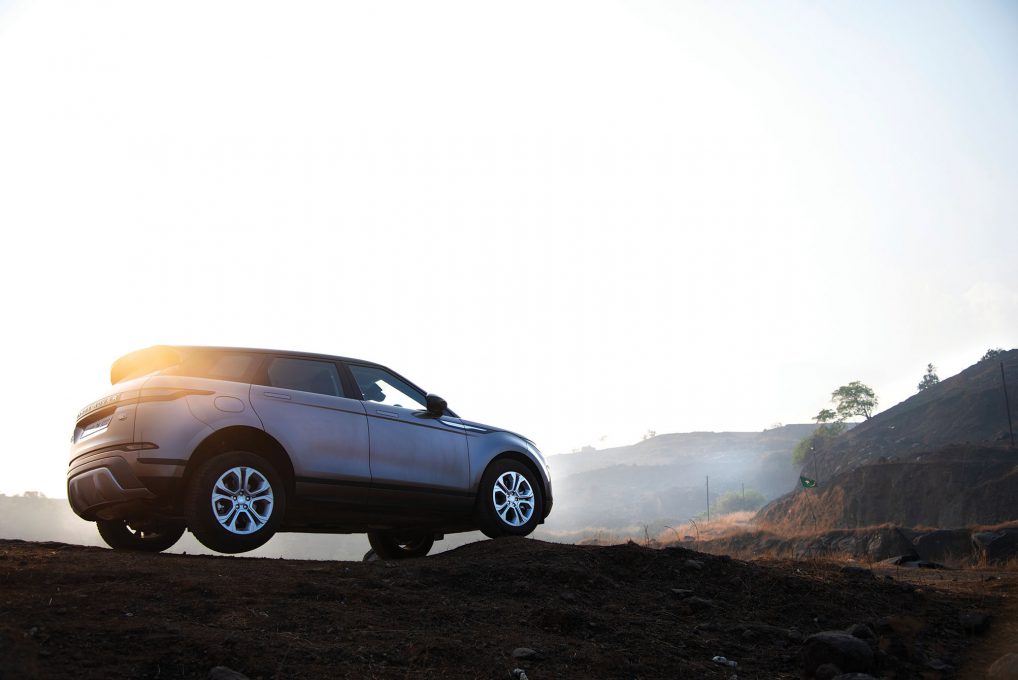
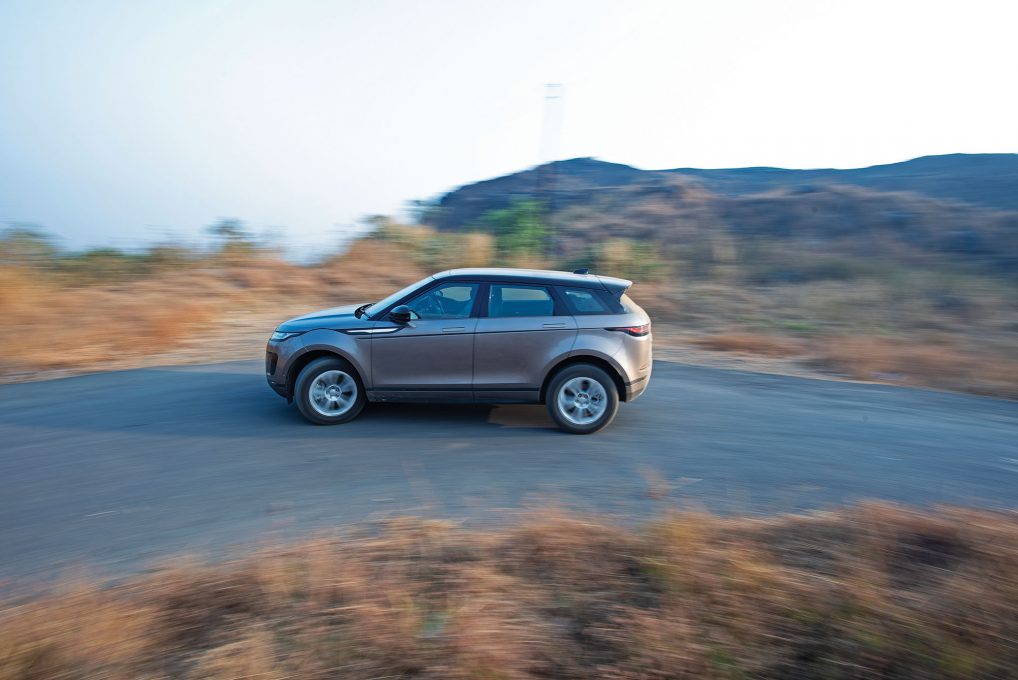
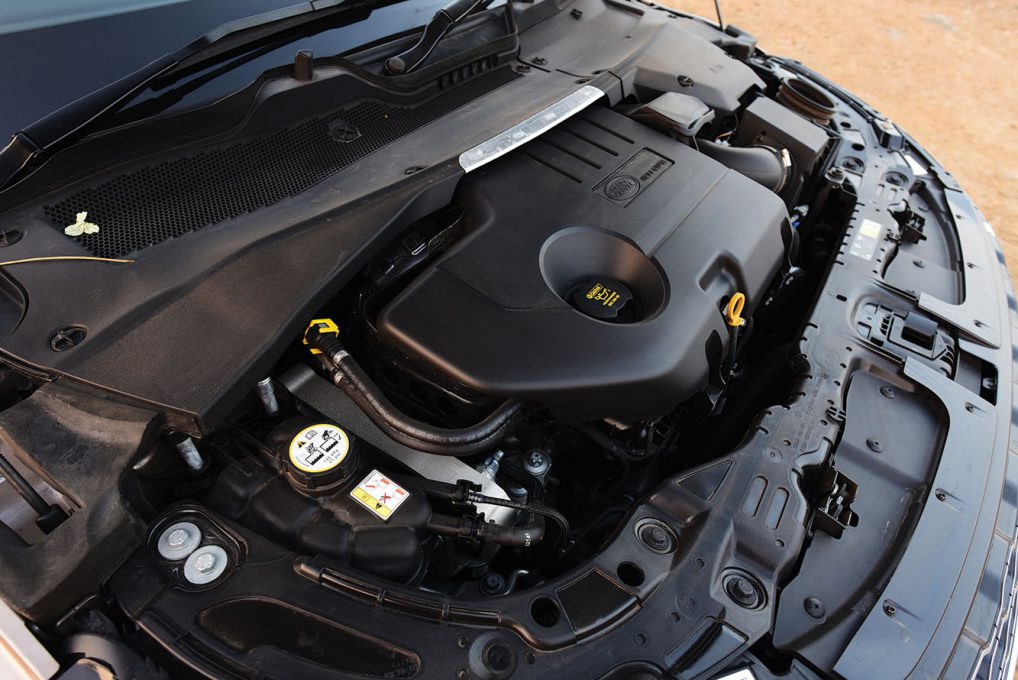
The 2.0-litre variable-geometry turbo-diesel engine rounds out the package really well. It’s not the most powerful engine out there, but in its D180 guise, it makes 177 bhp and an impressive 43.8 kgm of torque. The variable-geometry turbo ensures there is practically no lag with great low-end throttle response, and as revs rise the engine continues to provide thrust as you near the redline. You won’t have to worry about keeping the engine on the boil because the 9-speed automatic does it for you. Even with nine ratios to choose from, it never stutters or gets confused. Sure, kickdown to a lower gear takes a moment or two, but you’ll hardly ever notice this gearbox silently working away in the background, which is a great thing in my book. If you’re itching for more power, there is also a 245-bhp petrol engine on offer.
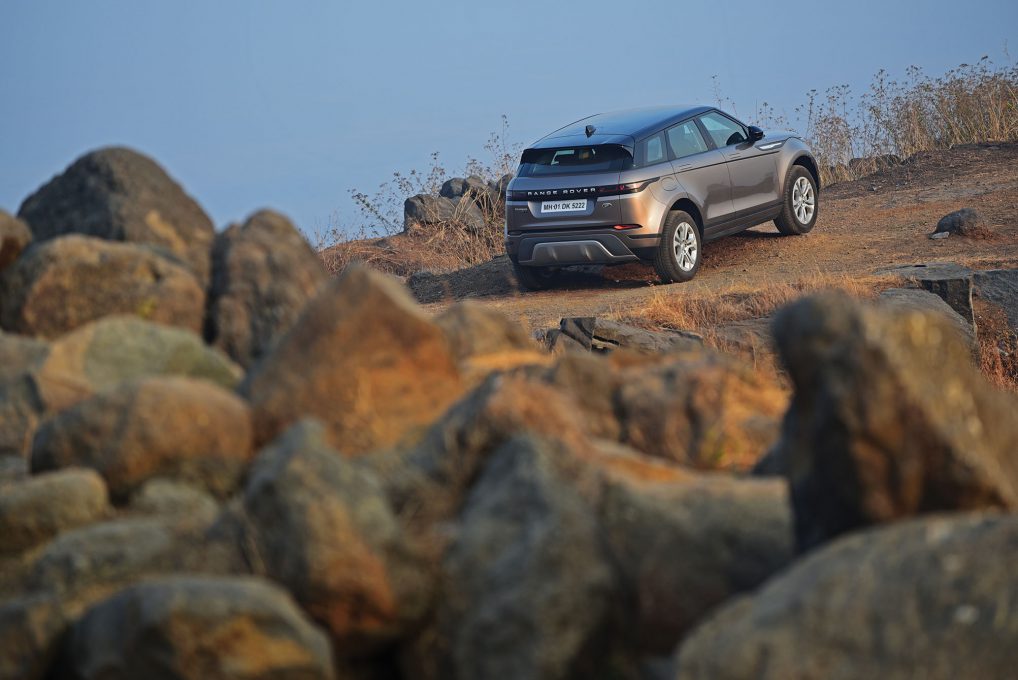
PHOTOS Suresh Narayanan
AUTODATA
Land Rover Range Rover Evoque
POWERTRAIN
Displacement: 1999cc, I-4, turbo-diesel
Max power: 177 bhp@4000 rpm
Max torque: 43.8 kgm@1750-2500 rpm
Transmission: 9AT
TYRES
F/R: 235/55 R18
DIMENSIONS
L/W/H (mm): 4317/2100/1649
Wheelbase: 2681 mm
Ground clearance: 215 mm
PRICE: Rs 54.94 – 59.85 lakh, ex-showroom, Delhi





